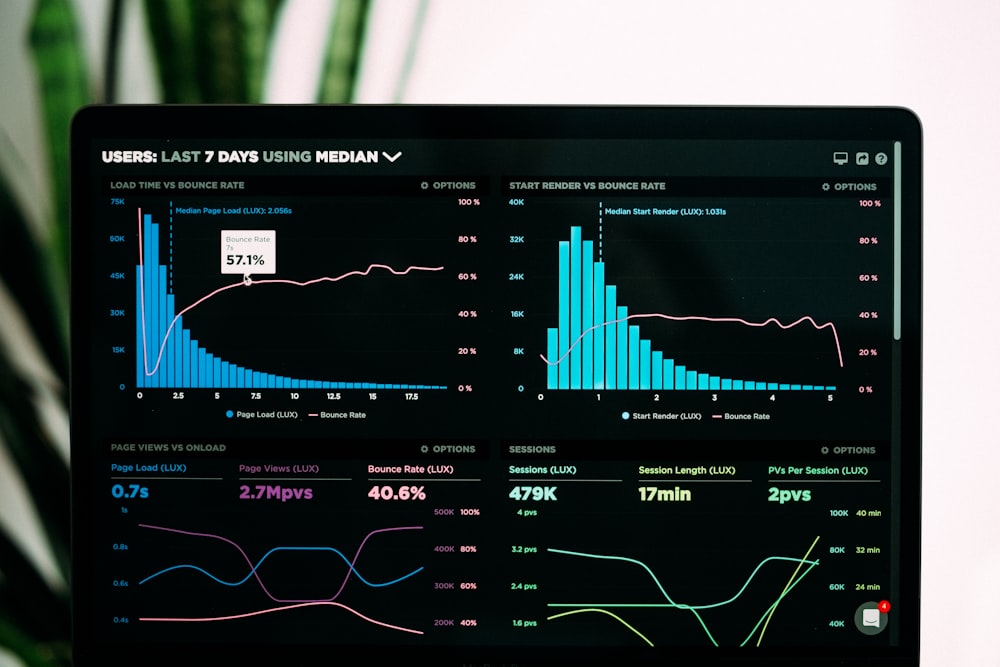Bitcoin's net UTXO supply ratio has raised red flags by indicating four consecutive sell signals, which suggests a potentially overheated market. Over the past week, Bitcoin's price dropped from a local high of $110,000 to about $103,707, reflecting a 3.88% decrease. This sudden change prompted discussions among analysts about Bitcoin's trajectory, including insights from CryptoQuant's Axel Adler, who warns of a possible dip to $92,000. Adler's analysis highlights that the ongoing sell signals are coupled with a significant drop in the UTXO Ratio, a combination typically pointing towards market overheating. This phase usually leads to profit-taking as demand begins to lag supply, increasing the likelihood that holders may start cashing out as unrealized profits diminish. Recent on-chain data aligns with Adler's concerns, revealing that Bitcoin’s Net Unrealized Profit has decreased to 0.553, marking its lowest level in weeks. This dip indicates that many holders are now facing losses rather than gains, further suggesting market vulnerability. Investors who purchased BTC between $104,000 and $112,000 are currently at a loss, posing the risk of panic selling, which could exacerbate declines. Adler underscores the need for a substantial market reset, suggesting that Bitcoin could remain in a sideways trading range between $95,000 and $105,000 until the Net UTXO Supply Ratio stabilizes between 0.85 and 0.90, signaling a cooling off period following the sell signals. Alternatively, a more pronounced pullback to $92,000 may happen first to alleviate the overheated conditions. Regardless of the scenario, it appears likely that Bitcoin will remain below $100,000 for the near future until the market stabilizes. Additionally, the Taker Buy-Sell Ratio has been negative for four consecutive days, which indicates ongoing selling pressure. Should this trend continue, Bitcoin may fall to $101,488, and a failure to sustain this support could push the price down to about $98,890.


